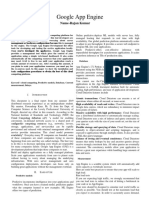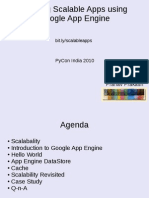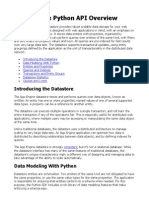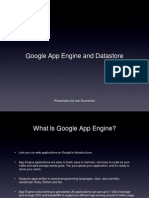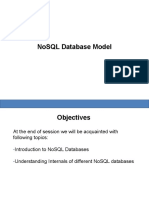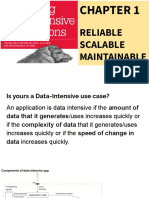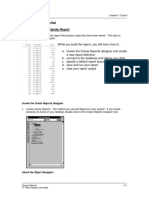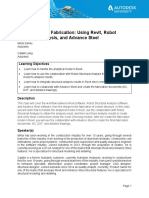0% found this document useful (0 votes)
15 views48 pagesModule3 NoSQL
The document discusses the advantages of using NoSQL databases in cloud environments, highlighting the success of applications like Google App Engine and Amazon SimpleDB. It explains the features of Google App Engine, including its sandboxed environment, scalability, and APIs, as well as the simplicity and flexibility of Amazon SimpleDB. Additionally, it covers the use of MapReduce for scalable parallel processing and introduces Apache Mahout and Hive for data analysis and machine learning.
Uploaded by
SATHYABAMA MADHANKUMARCopyright
© © All Rights Reserved
We take content rights seriously. If you suspect this is your content, claim it here.
Available Formats
Download as PDF, TXT or read online on Scribd
0% found this document useful (0 votes)
15 views48 pagesModule3 NoSQL
The document discusses the advantages of using NoSQL databases in cloud environments, highlighting the success of applications like Google App Engine and Amazon SimpleDB. It explains the features of Google App Engine, including its sandboxed environment, scalability, and APIs, as well as the simplicity and flexibility of Amazon SimpleDB. Additionally, it covers the use of MapReduce for scalable parallel processing and introduces Apache Mahout and Hive for data analysis and machine learning.
Uploaded by
SATHYABAMA MADHANKUMARCopyright
© © All Rights Reserved
We take content rights seriously. If you suspect this is your content, claim it here.
Available Formats
Download as PDF, TXT or read online on Scribd
/ 48

